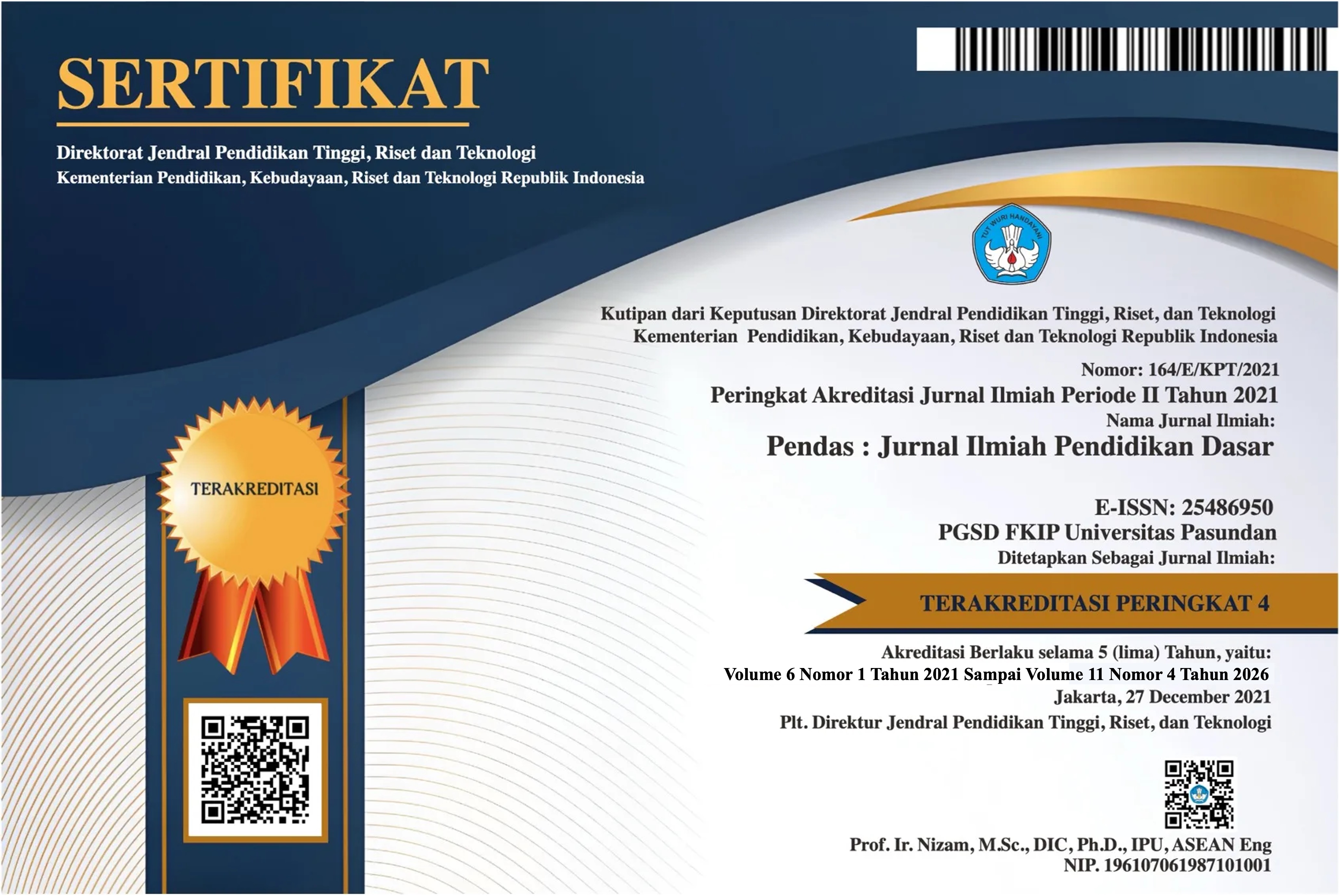ANALISIS KOMPONEN DASAR LATIHAN FISIK DAN PENGARUHNYA TERHADAP KONDISI FISIK ATLET LARI
DOI:
https://doi.org/10.23969/jp.v10i04.34773Keywords:
Analisis Komponen Utama, Functional PCA, Latihan Fisik, Kondisi Fisik, Atlet Lari, Biomekanika, Performa Aerobik.Abstract
The complexity of the physical and biomechanical variables of runners often makes it difficult to identify the main factors that contribute to performance. Primary Component Analysis (PCA) and functional PCA (fPCA) offer a multivariate approach to reducing data dimensions without losing important information. This study aims to analyze the basic components of physical exercise and evaluate its effect on the physical condition of runners using the PCA and fPCA approaches. A total of 78 runners (ages 18–40) were observed for eight weeks. Twelve exercise variables (intensity, duration, RPE, speed, acceleration, etc.) as well as soil reaction force biomechanical data were analyzed using PCA and fPCA. The analysis was carried out after z-score normalization and validation through bootstrap and cross-validation. PCA produces three main components such as Volume-Intensity, Neuromuscular, and Internal Efficiency which explains 81.4% of the total variance. The Neuromuscular component showed a significant association with increased VO₂max (β = 0.37, p < 0.001) and 5 km running time (β = –0.42, p < 0.001). The fPCA's analysis of the ground reaction force curve revealed two main modes of vertical force variation and propulsive timing that relate to the biomechanical efficiency of experienced runners. PCA and fPCA are effective in identifying key exercise and biomechanical patterns that affect the physical condition of runners. The Neuromuscular component is the main determinant of increased VO₂max and running performance, while the efficient biomechanical pattern (low vertical force, short contact time) shows optimal adaptation. This approach can be applied as a diagnostic tool and data-driven training design in modern athletic coaching.
Downloads
References
Barba, E., Casamichana, D., Figueiredo, P., Nakamura, T.Y., Castellano, J. (2024). The use of principal component analysis for reduction in sports science datasets: Applications and methodological considerations. [Open access journal article]. (open access). PMC
Jiang, X., Xu, D., Fang, Y., Bíró, I., Baker, J.S., Gu, Y. (2023). PCA of running biomechanics after a 5 km run: Differences between novice and experienced runners. Bioengineering (MDPI), 10(7), 876. (open access). MDPI+1
Kammoun, A., Ravier, P., Buttelli, O. (2023). mpact of PCA pre-normalization methods on ground reaction force component estimation. Sensors (Basel), 24(4), 1137. https://doi.org/10.3390/s24041137. MDPI
Pino-Ortega, J., Rojas-Velderde, D., Gómez-Carmona, C.D., Rico-González, M. (2021). Training design, performance analysis, and talent identification in team sports: Practical applications of multivariate techniques. International Journal of Environmental Research and Public Health, 18(2), Article 1. (open access). PMC
Quan, W., Zhou, H., Xu, D., Li, S., Baker, J.S., Gu, Y. (2021). Competitive and recreational running kinematics: A comparison study using multivariate analysis. Healthcare (Basel), 9(10), 1321. https://doi.org/10.3390/healthcare9101321. MDPI
Stone, J.D., Merrigan, J.J., Ramadan, J., Brown, R.S., Cheng, G.T., Hornsby, W.G., Smith, H., Galster, S.M., Hagen, J.A. (2022). Simplifying external load data in NCAA Division-I Men’s Basketball via principal component analysis. Frontiers in Sports and Active Living, 4, 795897. https://doi.org/10.3389/fspor.2022.795897. Frontiers
Teixeira, J.E., Forte, P., Ferraz, R., Branquinho, L., Morgan, R., Silva, A.J., Monteiro, A.M., Barbosa, T.M. (2023). Resultant equations for training load monitoring during a standard in-season microcycle: A principal component approach. Scientific Reports, 13, 12345. (Article open access). PMC
Van Andel, S., Mohr, M., Schmidt, A., Werner, I., Federolf, P. (2022). Whole-body movement analysis using principal component analysis: What is the internal consistency between outcomes originating from the same movement simultaneously recorded with different measurement devices?. Frontiers in Bioengineering and Biotechnology, 10, 1006670. (open access). Frontiers
Warmenhoven, J., Bargary, N., Liebl, D., Harrison A., Robinson, T.A., Gunning, E., Hooker, G. (2021). PCA of waveforms and functional PCA: A primer for biomechanics. Journal of Biomechanics (technical note / primer). (Open access/Preprint available). https://pubmed.ncbi.nlm.nih.gov/33429072/ (akses teks lengkap/primer). PubMed
Yu, L., Mei, Q., Xiang, L., Liu, W., Mohamad, N.I., István, B., Fernandez, J., Gu, Y. (2021). Principal component analysis of the running ground reaction forces across speeds and sexes. Frontiers in Bioengineering and Biotechnology, 9, 629809. https://doi.org/10.3389/fbioe.2021.629809. PMC
Downloads
Published
Issue
Section
License
Copyright (c) 2025 Pendas : Jurnal Ilmiah Pendidikan Dasar

This work is licensed under a Creative Commons Attribution 4.0 International License.


















